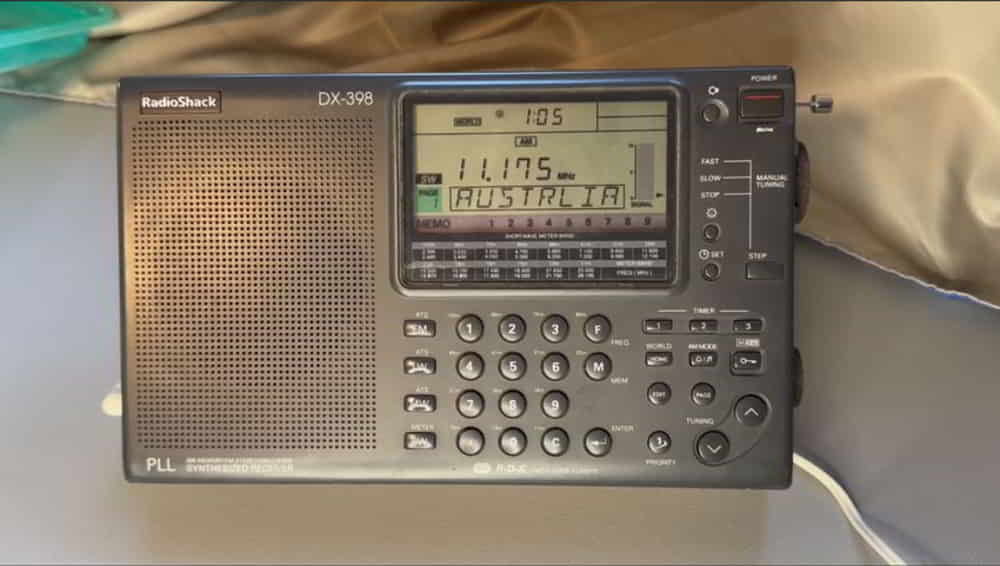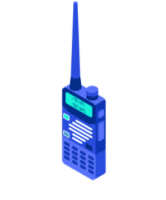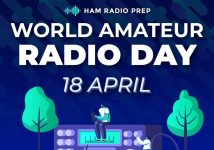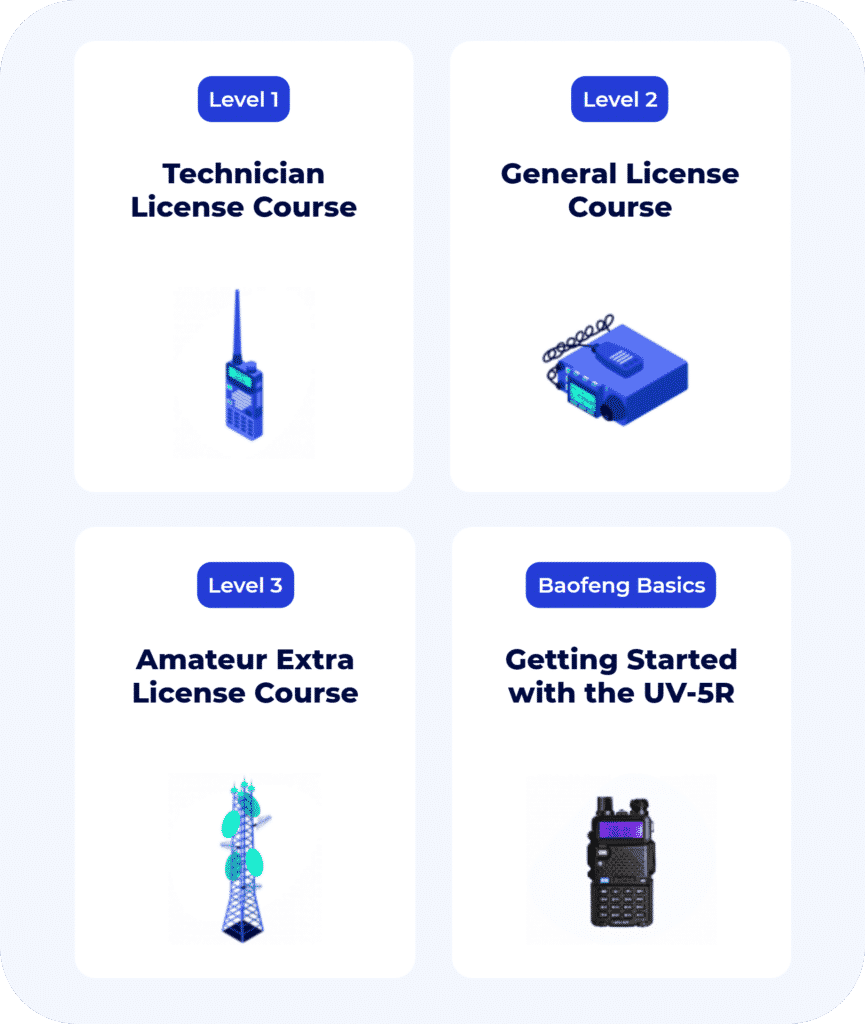The US military sends secret numbers and codes over HF (Shortwave?) and you can listen! I’ll tell you how.
Jim, N4BFR, one of the instructors at Ham Radio Prep took a dive into the semi-secret world of numbers stations, and what the US military is doing when they send out these codes.
What are Military Numbers Stations?
If I were a spymaster working for a 3-letter agency, there would be times I need to get a message to one of my operatives in another country. Maybe “The Plan is GO! Capture the McGuffin”.
Here’s my problem. I need to get this to them in the next 24 hours, but I don’t want to make physical contact with them or send out something over email that might compromise them because it’s traceable. What should I do?
I got it! There are radios everywhere. I’ll encode it in a radio message. We’ll agree on a frequency and time in advance. If the message includes Alpha Charlie Echo, my spy will know to GO!
If the message includes Victor X-ray Zulu… get out of there quickly… it’s a trap! Anything else is just noise.
How the US Military Uses HF Communications?
This is the principle behind a numbers station on HF. Every day there are stations that send out nothing but this kind of information, and one of the biggest is operated by the US government.
I’m talking about the High Frequency Global Communications System. Operated by the Air Force and also used by the Navy, the HFGCS sends out coded messages at random times of the day or night. 24-7-365 their network of stations can send out several different kinds of messages for the military.

Interested in mastering HF communications? Check out our HF Masterclass!
Understanding the Frequencies and Types of Messages
The frequencies 8992 kilohertz and 11175 kilohertz are always ready to send, with other frequencies being used as well depending on solar propagation through the day.
These messages range in priority. There’s no set time, you’ll just be listening and hear something like this, called an “emergency action message”.

You’ll hear those messages fairly frequently. They could be ordering our spy to be ready to go into action, or they could be telling the folks in a missile silo it’s pizza for lunch again. Hey, you gotta practice, right?
Ah, there’s a priority message. Those Skyking messages are thought to be more time-sensitive; they can even interrupt a normal Emergency Action Message.
Does every message indicate an impending missile launch? No… but this might be one of the ways those messages are sent by the military. This communications system allows for redundancy in that kind of message that might also be sent by satellite, a computer network, or even telephone.
One-Way vs Two-Way Military Communications
So far, we’ve talked about one-way messages. They get read out twice and they are done.
You’ll also hear some two-way transmissions on these frequencies as sometimes aircraft will check in with the network. There are nearby frequencies to send digital messages or conduct other communications from planes and ships.
Numbers Stations Around the World
What other countries do this? Well, there’s a station in Russia we call “The Buzzer” on 4625 kilohertz that sends a constantly droning tone and some occasional voice messages. It has been on the air since the 1970s. The word online says if the buzzer stops sending, it’s time to start worrying.
There are other numbers stations out there, too. They pop up randomly on shortwave. Some say they are from other countries; some say they are drug dealers who have adopted the practice. They are probably both right.
Many countries have their own shortwave broadcasting stations. Radio Havana Cuba appears on shortwave every day. Could there be messages in those broadcasts that are not intended for us? Why not? The British did it during World War II.

Listening to Military Communications
There are two more places to listen to military communications if you are just getting started.
The Armed Forces Network has a shortwave service that broadcasts entertainment programs to service personnel around the world. Check out these frequencies to try and pick it up.
Break out your scanner, or the scanner function on your handheld, because the military has use of many VHF and UHF Frequencies.
Here are some places to listen:
- In the VHF Low Band between 30 and 54 Megahertz, and yes, they are a shared user in the 6 meter ham band
- Around 138 to 150 Megahertz, but skip the 2 meter ham band
- 225 to 400 Megahertz, you’ll get a mix of FM, AM and Digital
- 243.0 Megahertz is an equivalent of the 121.5 Aviation “Guard” emergency channel
In my area between 225 and 380 Megahertz, I pick up military aviation, but you might hear much different activity depending on your location.
Equipment Needed to Monitor Numbers Stations
So, what do you need to monitor military communications?
If you want to hear Skyking and other Emergency Action Messages, most HF radios will pick up the HFGCS frequencies, and even some handhelds have an HF tuner.

You also can buy a dedicated shortwave radio; just make sure it offers upper-side band monitoring capability. For VHF and UHF, a scanner or HT will do, but if it does AM and FM receiving, you’ll have more luck.

If you are wondering if you can set up a numbers station at home with your ham radio the answer is NO! FCC rules say one-way transmissions are for emergencies or training. No numbers stations are allowed.
Conclusion
Want to find more information about military communications? Larry Van Horn, N5FPW, publishes lots of great information and books in his blog. Thanks to Larry’s site and Wikipedia for providing some source information for this video.
Want to hear more about military communications or other ham radio related topics? Follow us, then drop a note in the comments so we know what you’re interested in.
We talk all things amateur radio, with a little shortwave mixed in. Bring those military communications stories, too. We hope to hear you, and some numbers stations, on the air soon.
Don’t forget to visit us at WorldRadioLeague.com as well. Sign up for free to start logging your contacts and also our amazing community where we talk all things amateur radio, with a little shortwave mixed in.
We hope to hear you, and some numbers stations, on the air soon.











